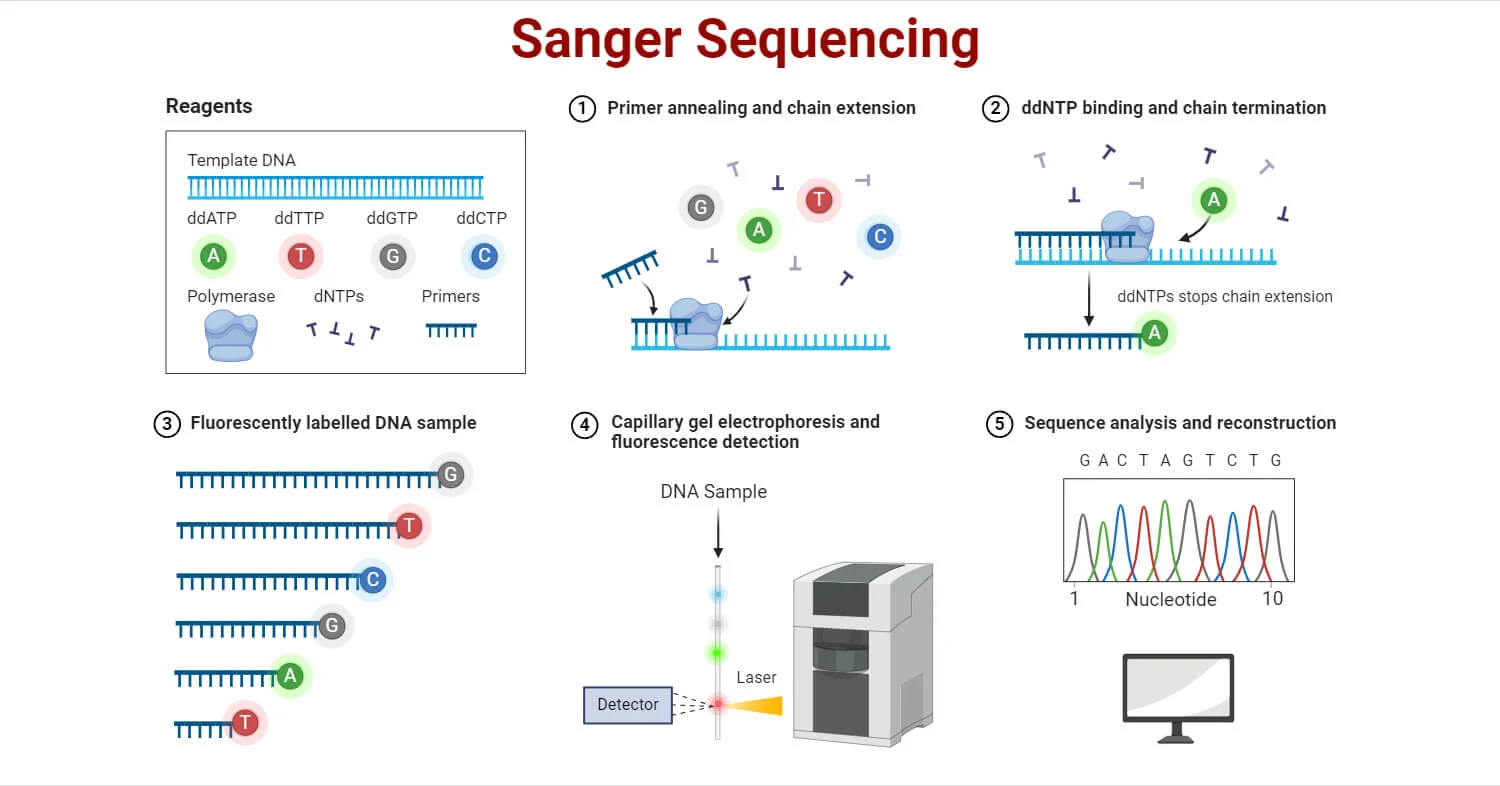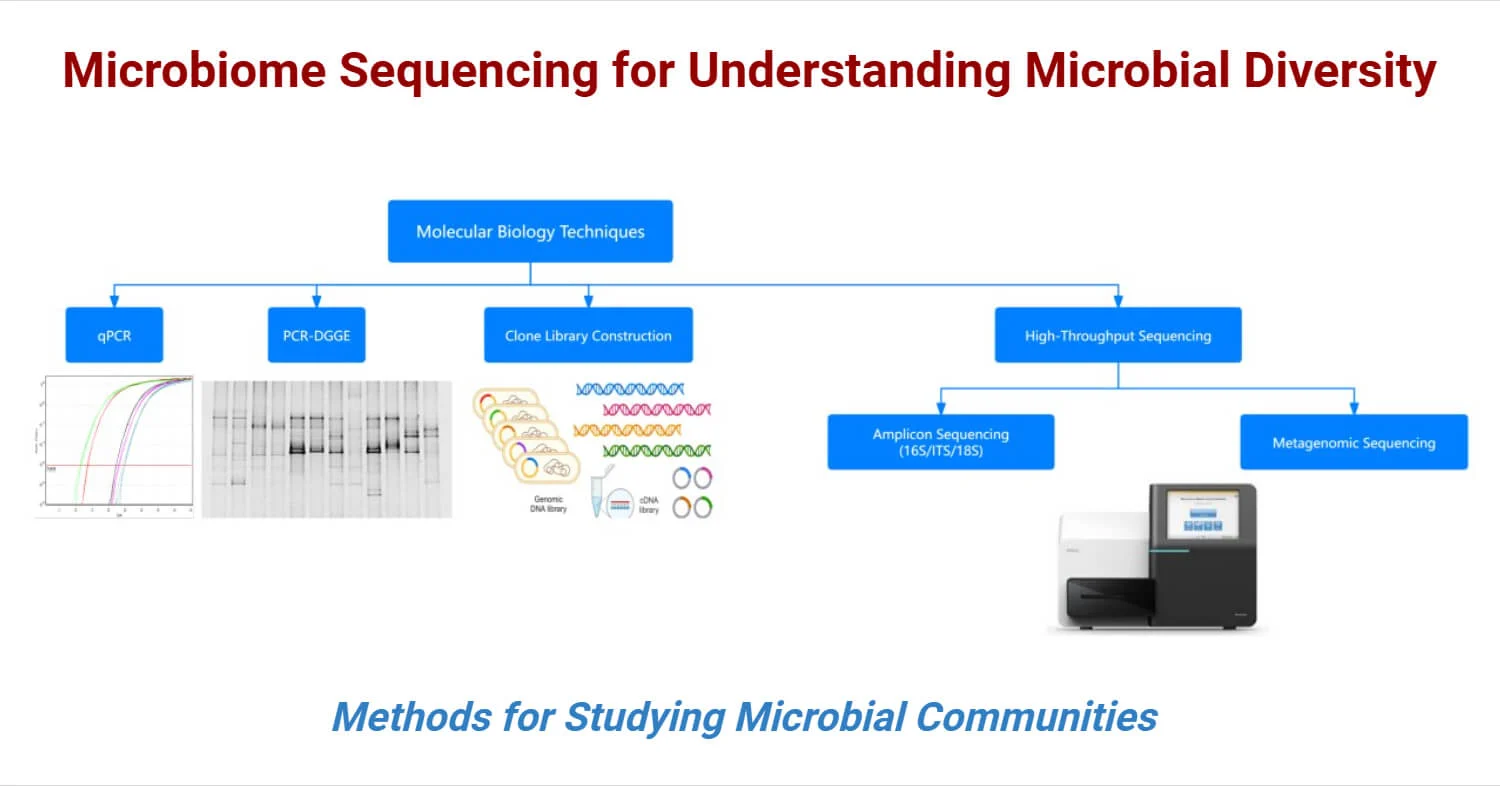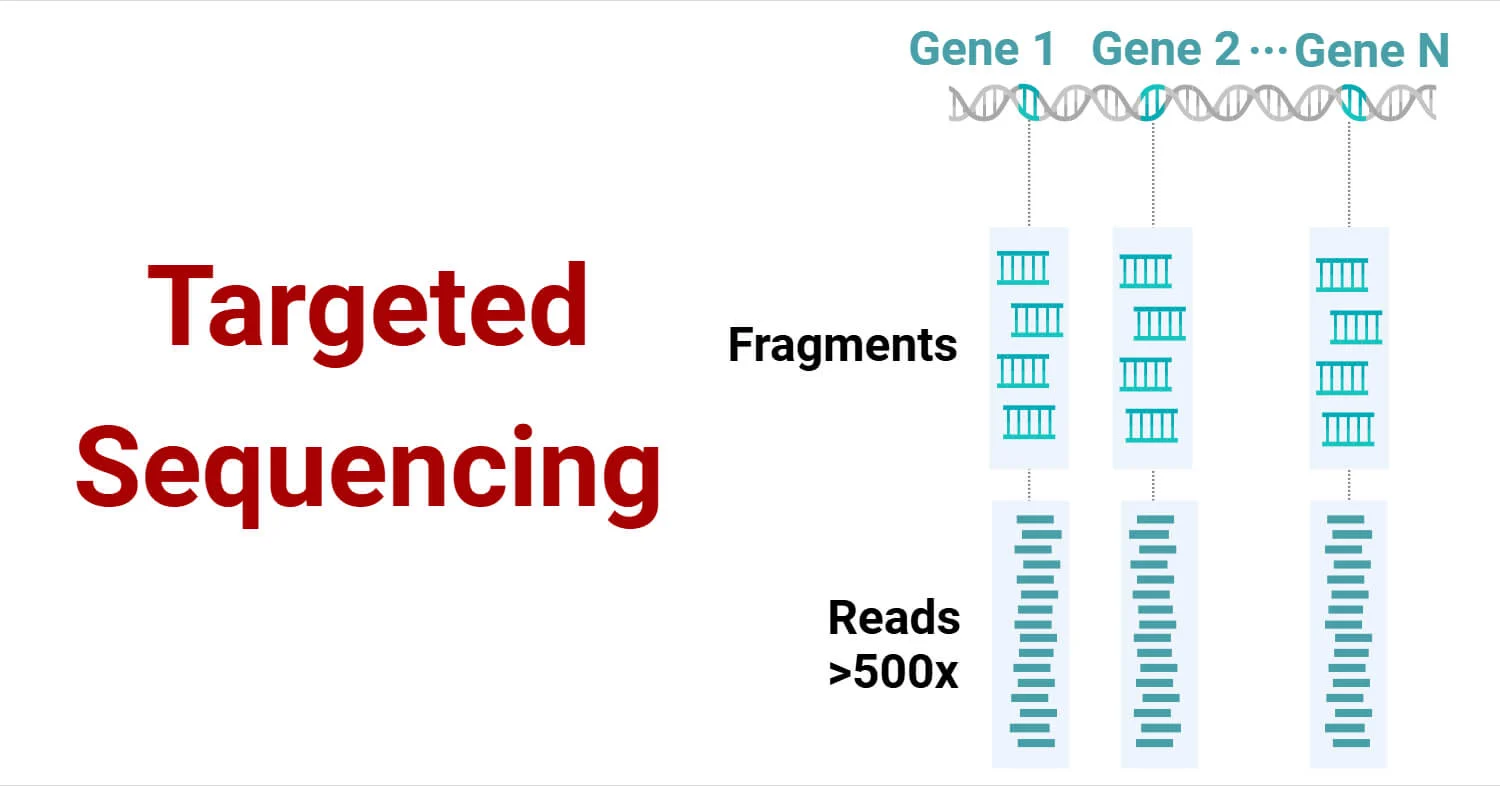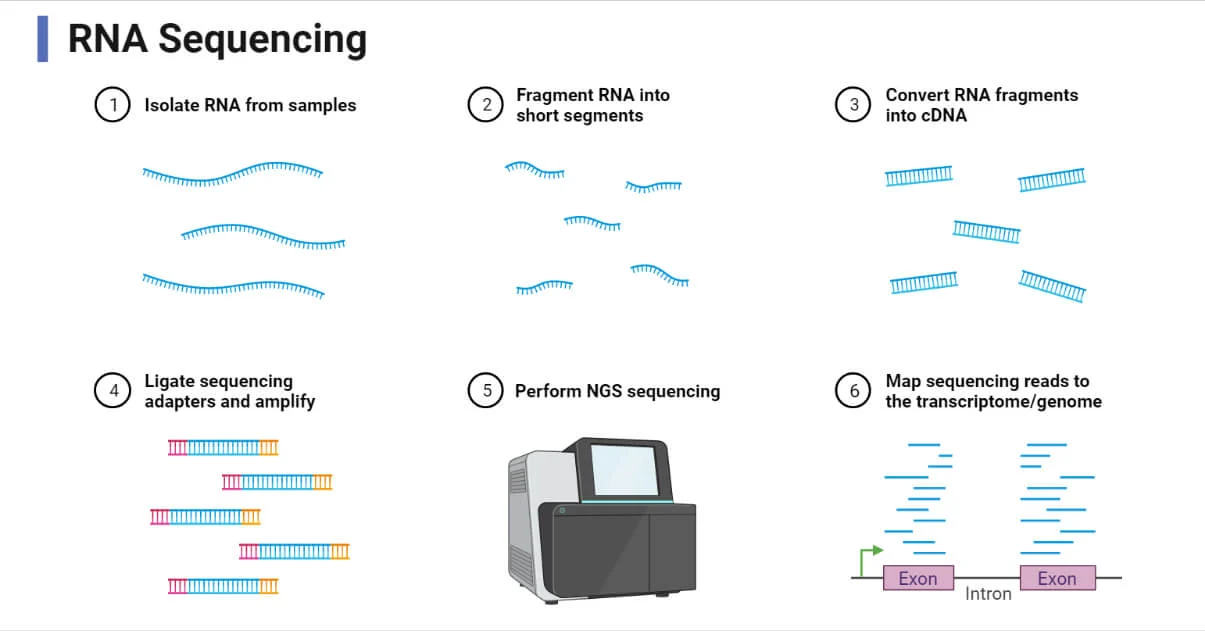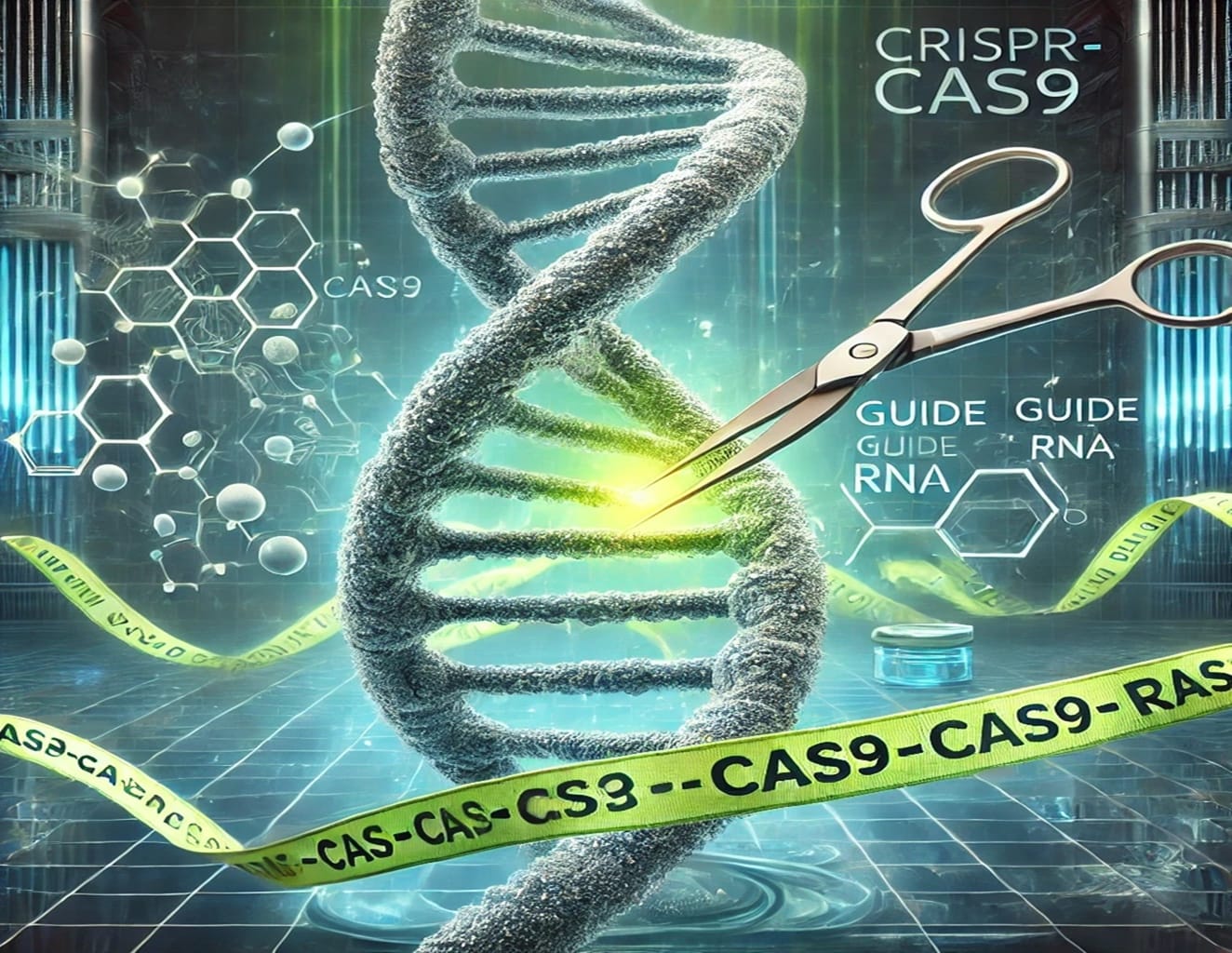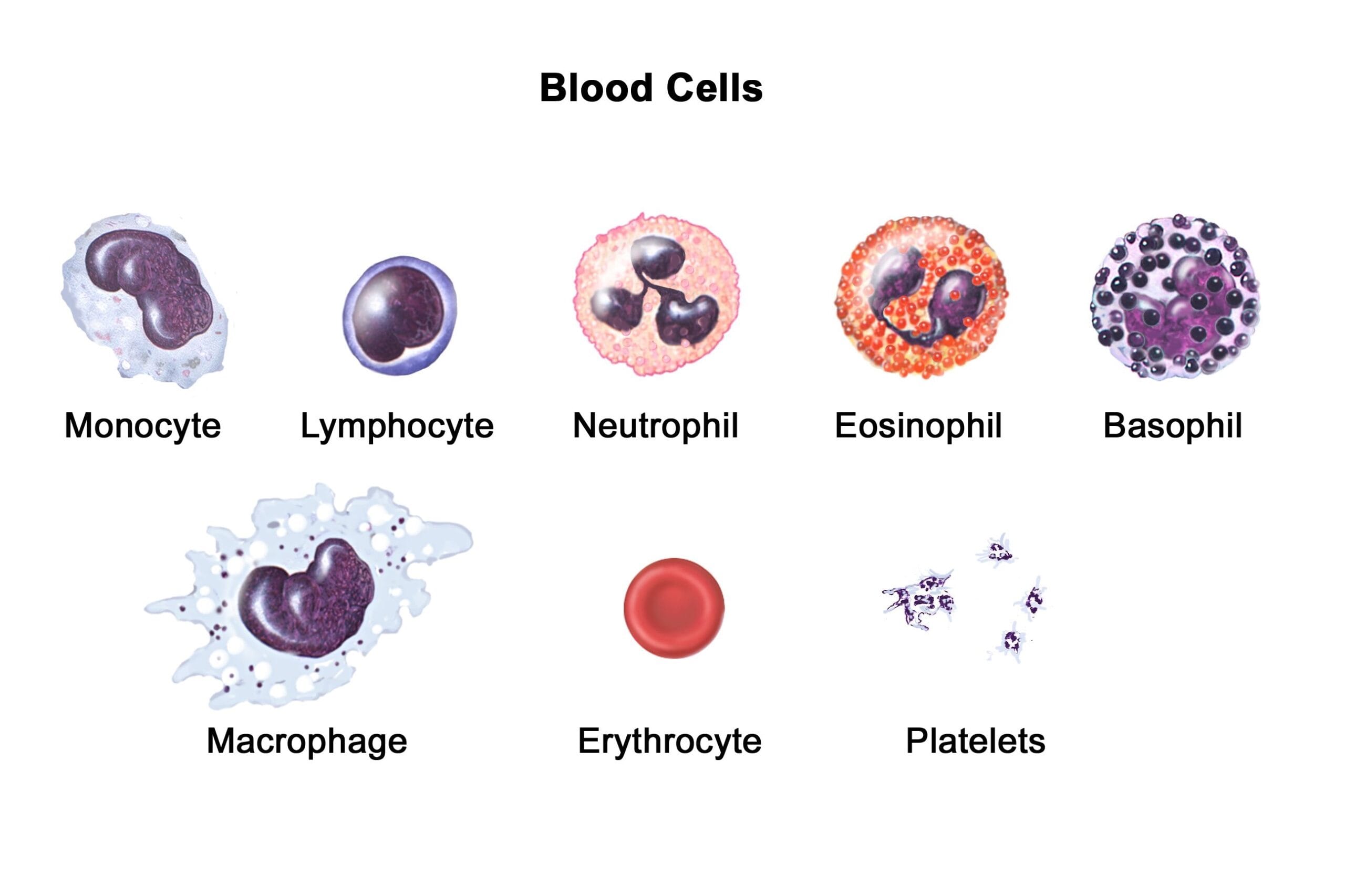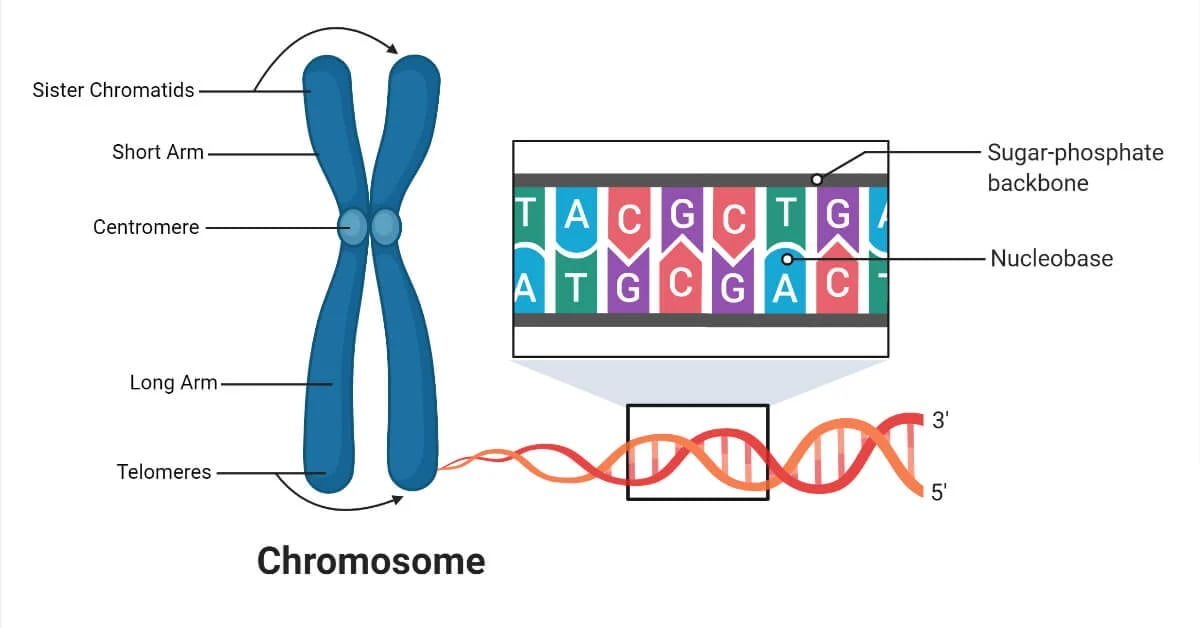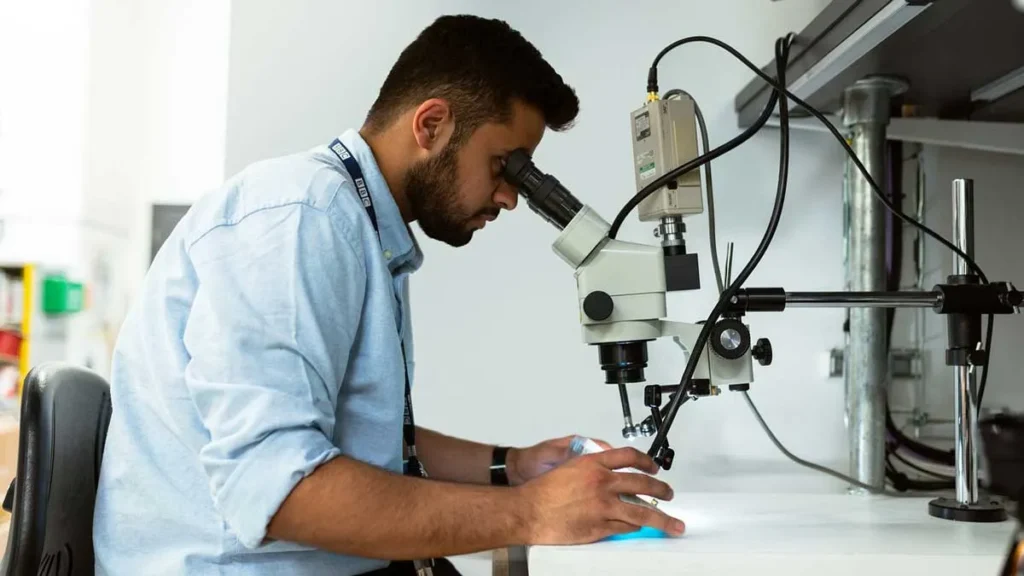Blog
Sanger Sequencing: Principle, Steps, Applications, Diagram
Principle of Sanger Sequencing: Sanger sequencing, also known as dideoxy sequencing or chain termination method, identifies the nucleotide sequence of DNA by incorporating modified nucleotides called dideoxynucleotide triphosphates (ddNTPs). These ddNTPs lack the ... Read more
Microbiome Sequencing for Understanding Microbial Diversity
Microbiome sequencing is a pivotal technique for analyzing the diverse communities of microorganisms—such as bacteria, archaea, fungi, and viruses—that inhabit various environments, including the human body. This process enables researchers to explore the ... Read more
Targeted Sequencing: Principle, Steps, Methods, Uses, Diagram
Targeted sequencing is a method of sequencing specific genomic regions of interest rather than sequencing the entire genome. This approach is highly effective for analyzing particular genes or regions, offering a more efficient ... Read more
RNA Sequencing: Definition, Principle, Steps, Types, and Applications
RNA sequencing (RNA-Seq) is a revolutionary molecular biology technique that allows for the comprehensive analysis of the transcriptome, providing insights into the gene expression levels of a cell. This technology has transformed transcriptomics, ... Read more
Helicos Single-Molecule Sequencing: Principle, Steps, Uses
Helicos Single-Molecule Sequencing (tSMS) is a third-generation DNA sequencing technology that directly sequences individual DNA or RNA molecules without requiring amplification. Launched in 2008 by Helicos Biosciences, it revolutionized sequencing by minimizing preparation ... Read more
Exploring the Potential of CRISPR-Cas9: Revolutionizing Genetic Engineering
CRISPR : Imagine having a tool that could rewrite the blueprint of life with incredible precision. That’s exactly what CRISPR-Cas9 is—a revolutionary discovery that has opened up new frontiers in genetic engineering. Originally ... Read more
Blood Corpuscles: Types, Functions, and Characteristics
Blood is a vital fluid in the human body, responsible for transporting nutrients, gases, hormones, and waste products, maintaining homeostasis, and defending against diseases. Among its components, blood corpuscles (or blood cells) play ... Read more
Cranial Nerves: The Gateway to Brain Function
Cranial nerves are a crucial part of the nervous system, responsible for connecting the brain with various parts of the head, neck, and trunk. These nerves control essential functions such as vision, hearing, ... Read more
Clotting Factors: Key Players in Blood Coagulation
Blood clotting (Clotting Factors), or coagulation, is a vital process that prevents excessive bleeding when a blood vessel is injured. The coagulation system involves a complex cascade of events, primarily orchestrated by a ... Read more
Chromosomes and Cell Division: Structure, Function, and Genetic Implications
Chromosomes structure are long, thread-like structures made of DNA and proteins that carry genetic information. They are located in the nucleus of eukaryotic cells and play a crucial role in heredity, cell division, ... Read more
